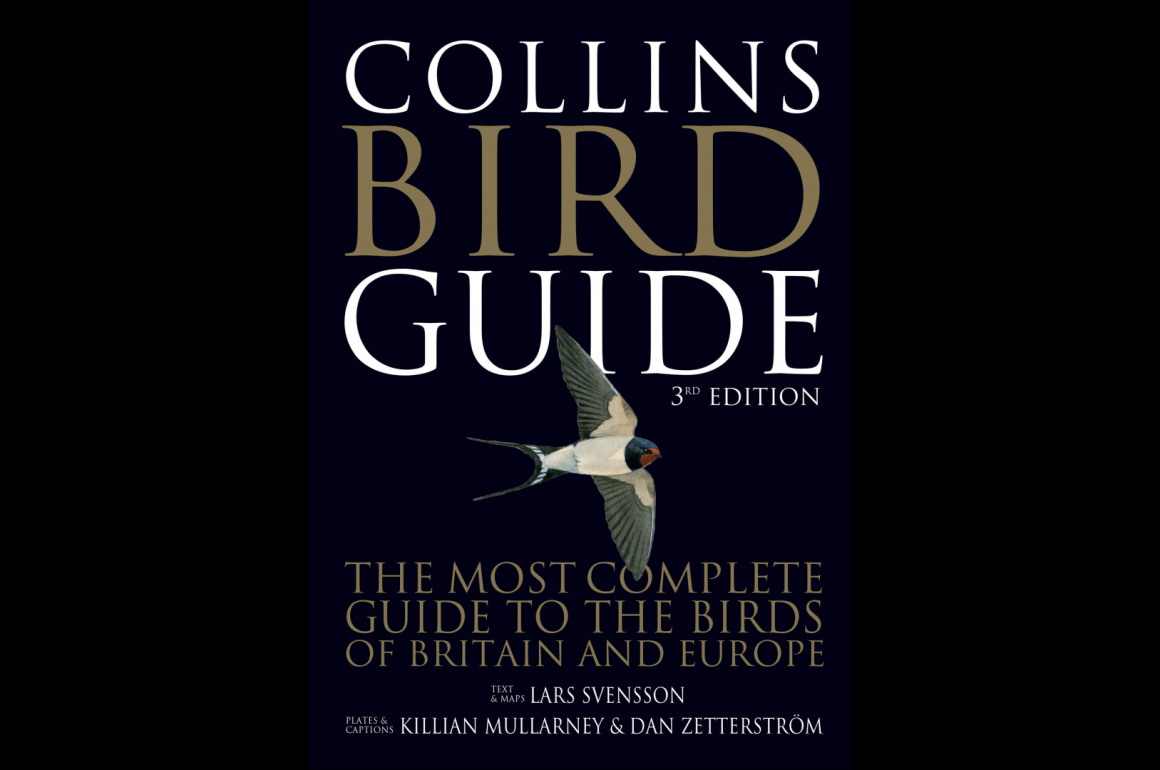
Never trust a field guide publisher’s claim of a definitive text, because each new edition is certain to bring more a definitive text than that from the previous edition!
The Collins Bird Guide covers Europe, North Atlantic islands, much of North Africa and the Middle East. The 1st edition from 1999 was a complete revolution in just about everything, but predominantly the quality and realism of illustrations, showing what a field guide could be and seriously raising the threshold for other publishers. That made everyone happy (with the possible exception of other publishers).
The Collins Bird Guide 2nd edition from 2009 was a much hated taxonomical revolution/nightmare, changing just about everything. Whatever you thought that you knew about birds, it was the time to realise that you know next to nothing. I am still annoyed that no birds are where they used to be. There was one odd reprint in 2018, when the Subalpine Warbler was split into the Eastern and Western species, but the changes in the guide weren’t sufficient to call it a 3rd edition, so it remained the updated reprint of the 2nd edition. Taken together, #1 and #2 were translated into 23 languages and sold more than one million copies.
And now I hold the Collins Bird Guide, 3rd edition from December 2022. It has matured gloriously, and however different from its predecessors, the changes are more subtle and it no longer represents a youthful revolution, but already a mature standard. Yet, still a gauntlet thrown to other publishers, too.
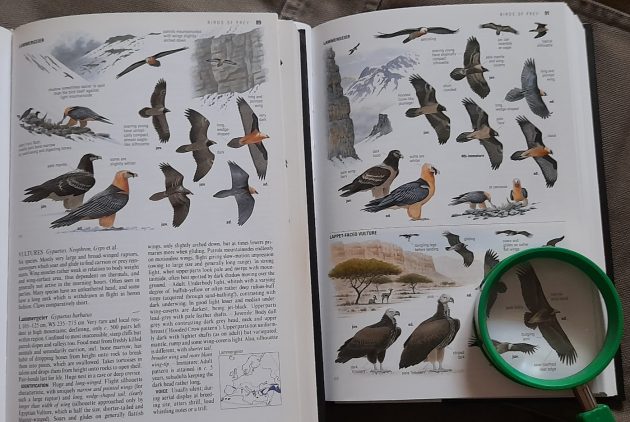 Left – 2nd edition, right – 3rd edition
Left – 2nd edition, right – 3rd edition
So, not much has changed since the 2nd edition? Actually, the opposite is true, almost every plate looks a bit different. Even in those that appear the same, the birds are brighter, lighter and more colourful (e.g. the Corn Bunting plate).
The #1 had 400 pages, 3,500 paintings and 700 distribution maps. The #3 has 478 pages, 4000 paintings and, again, 700 distribution maps. More than 50 plates are either new or have been repainted, completely or partly. Apart from this, a few new vignettes have been added. Those extra pages (32 more than #2) allowed for more space and completely or partly new plates of grouse, divers (loons), several groups of raptors, terns, owls (birds shown from several angles now, new vignettes, too), swifts (additional three rarities added into main plates), woodpeckers (have you ever seen an overweight woodpecker?), swallows (martins simply magnificent, swallows at the edge of becoming overcrowded), redstarts, flycatchers (Spotted and Red-breasted are now more brownish above, instead of greyish), tits (increased sizes of illustrations without overcrowding the page – great, also lovely new vignettes), finches and buntings (both groups slightly more defined, bit no significant changes), etc.
Probably the most obvious difference is the new plate depicting Lammergier and Lappet-faced Vulture (with a typo at the very top of the plate: Lammengier), but also the Griffon Vulture plate, Egyptian Vulture plate, etc. In the last two, there is a habitat-background vignette added. Those cliffs look unfamiliar to me, used to observe vultures in pale limestone gorges of the Balkans. The Lammergier seems to be shown in dolomites, Griffon Vulture most likely in granites, Egyptian Vulture possibly in sandstones… Repainted, they show greater accuracy, looking brighter and more defined.
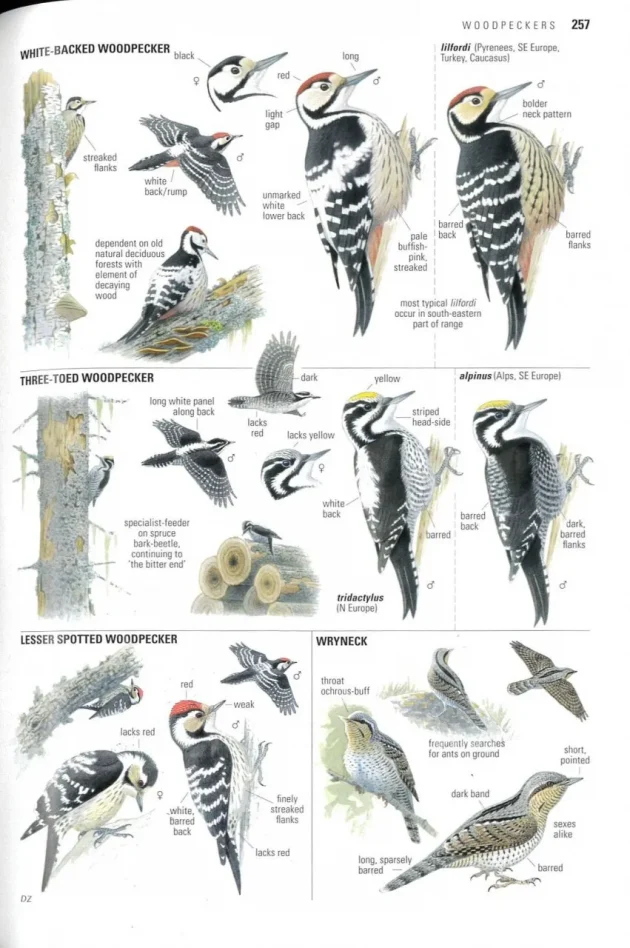
Another difference, an odd one, some woodpeckers gained weight, could it be a time to consider a diet? Here in the southeast of Europe where I live, woodpeckers appear slim, but up there in Ireland where the painter Killian Mullarney lives, they may more commonly fluff up their feathers to keep more air for insulation and this new ball-like appearance (literally!) may be more usual for northern Europe?
Then, the redstarts, completely repainted, more subspecies shown, lighter and more colourful, but the birds look quite different, their stance is no longer so upright (the way I see them) but more leaning forward and – again, much fatter!!
The section with vagrants has been expanded to accommodate more images and longer texts for several species. Introduced breeding species and species recorded only as escapees now have all species illustrated (they were not in the #2) and those illustrations larger than before. The introduction clarifies that the list is not complete, yet aims to include the most well-known species. Here I missed one well known big bird in the #2, it cannot be much bigger or more obvious, and I do not see it in the #3 either: the Greater Rhea. Forget occasional escapees, there is an established feral population successfully breeding in the north of Germany, which was 131 birds strong last year. I have just checked the maps, BirdLife says South America only, but the more relevant eBird says this: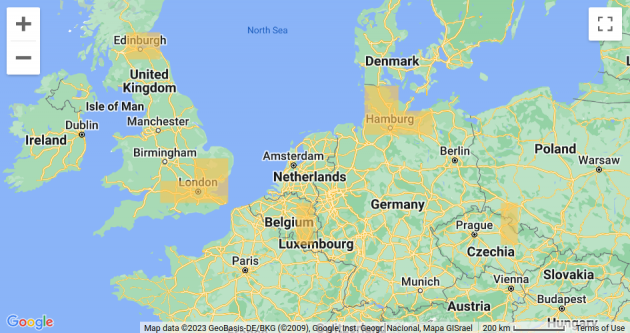
The entire text and all maps have also been revised. I haven’t noticed changes in the few descriptions of harder to ID species that I compared. Yet, a 3rd edition was a chance to drop the hard to read, especially when small size font like the, I think, Times New Roman and go for some simple font that you actually can read when driving in a Defender over dirt track corrugations. Also, the main ID characters are in italics, only making them harder to read in the field conditions (bold or italic + bold would have been an improvement).
Changes in maps are subtle and few, mostly a different colour here, indicating a different status in a particular area, or a missing dot there, indicating that another local subpopulation has been lost. Europe’s relief makes it a particularly hard continent to present bird distributions on a small scale and I wish it was possible to enlarge the maps.
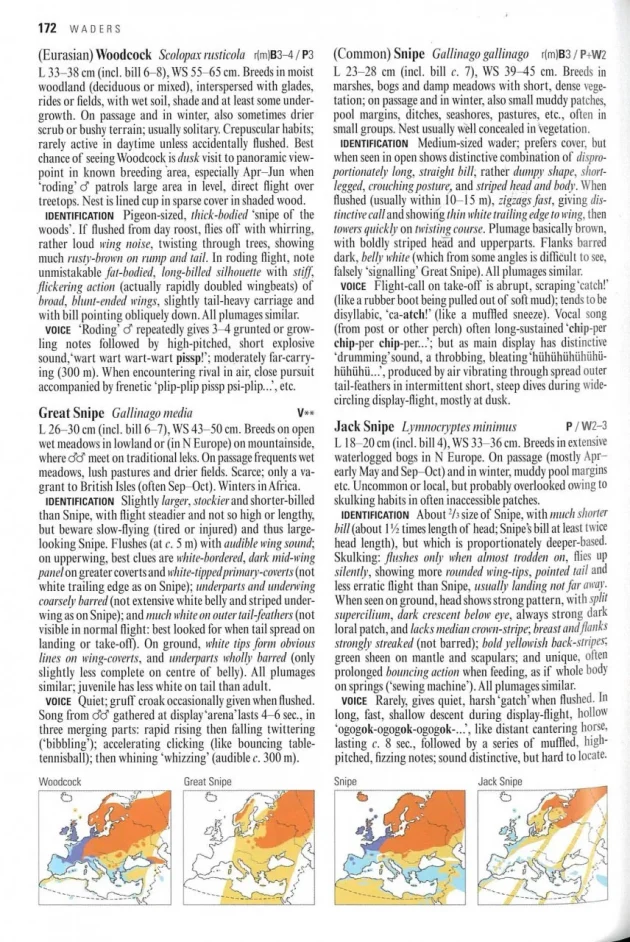
Lars Svensson is Europe’s leading field ornithologist. Killian Mullarney is one of the world’s finest bird illustrators. Dan Zetterström is widely acclaimed for his bird illustrations.
Many vagrants have been recorded again and again, giving them the right to sneak into the main plates and to get a full coverage. I am beginning to think that it may be time to consider two guides, an eastern and western edition (okay, partially overlapping in Central Europe?), with a new font choice, fewer birds per book and larger maps? Another development could be a compact edition, like that new guide for Australia?
Almost every European birder has at least one copy of The Collins Bird Guide (I had 4, but passed the #1 to a budding birder). With #1, you just needed to level up to #2, but with #2, do you need to level up again?
The Collins Bird Guide is most certainly one of the very best field guides anywhere in the world and gets my highest recommendation. Yet, in this case, it may be less of a need to upgrade, as much of a wish to get that bright and vibrant new edition. And it being a rather moderate 30 Pounds sterling question, after the hardcover for my bookshelf, I will certainly get a softcover for my car.
The Collins Bird Guide #3 is currently available only as a hardbound from Collins, but they will be publishing the softcover version in May 2023. Princeton University Press will be co-publishing the title this summer.
Collins Bird Guide
By Lars Svensson, Killian Mullarney, Dan Zetterström
3rd edition published in December 2022
478 pages, 4000+ colour illustrations, 700 colour distribution maps
ISBN: 9780008547455
ISBN 10: 0008547459













Excellent review. When can we expect the Bird Guide App (which I’m sure most of us use) to be updated?
I am not aware of any announcements
I have been using the app for quite some time, so yes, it is available by now. Yet, when I bought it, thinking that I am buying the latest, 3rd edition, it turned out that I automatically got the 2nd, and later had to upgrade and pay an additional perhaps 50% of the initial sum. A bit annoying.